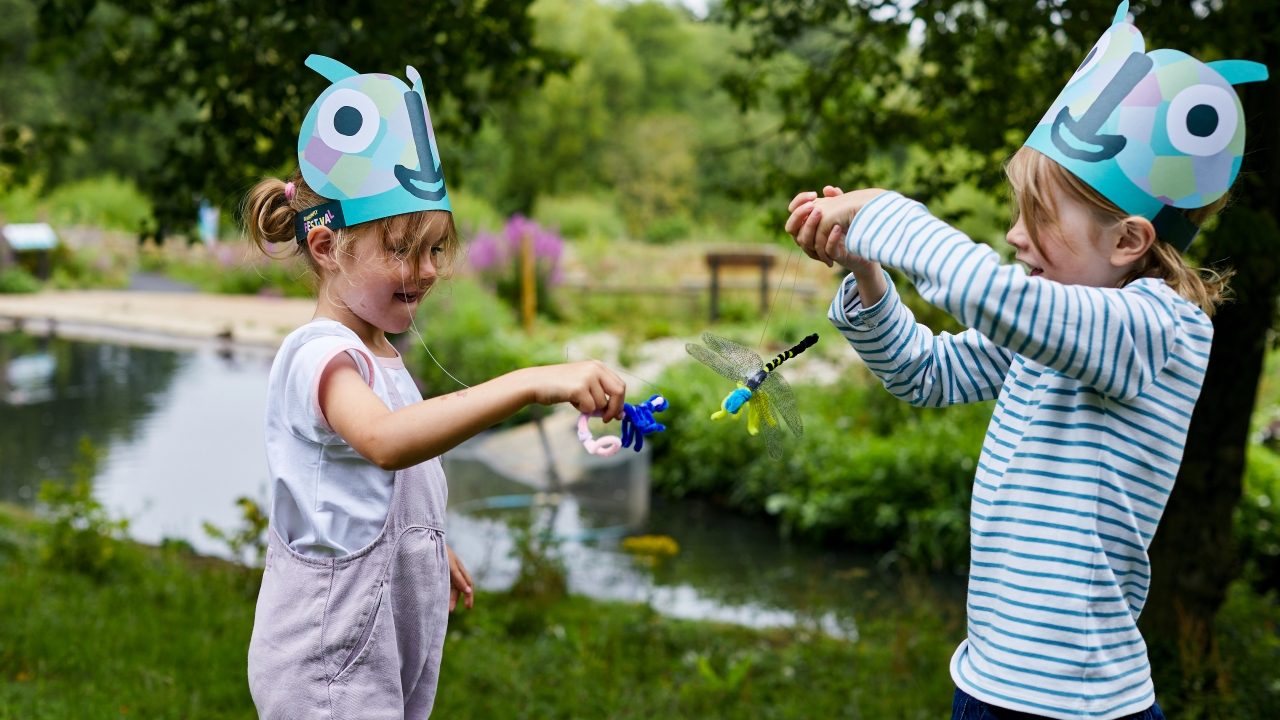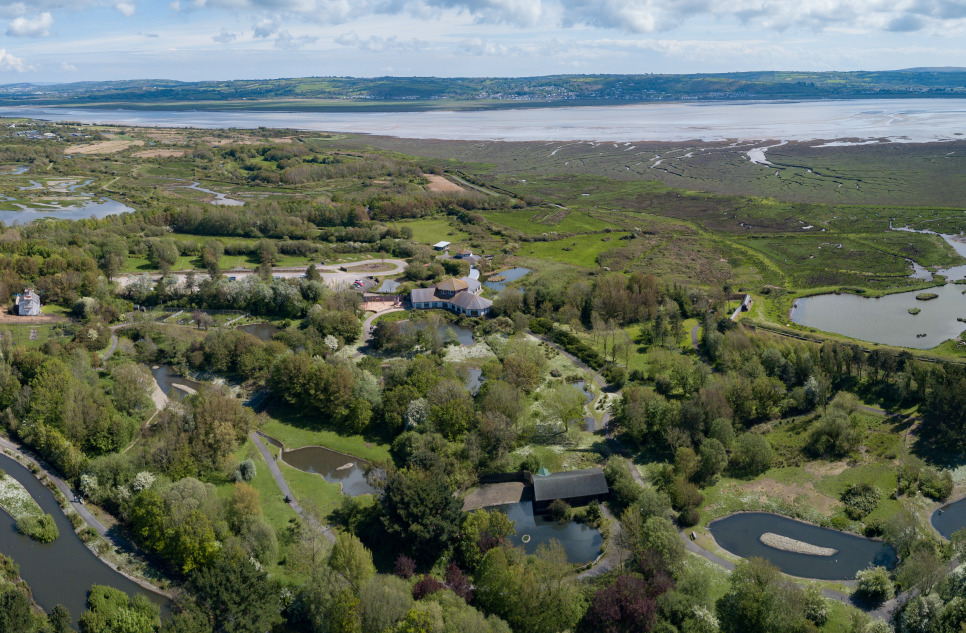Swansea University Research Reveals Vital Role of Saltmarshes and Saline Lagoons in Supporting Fish Communities
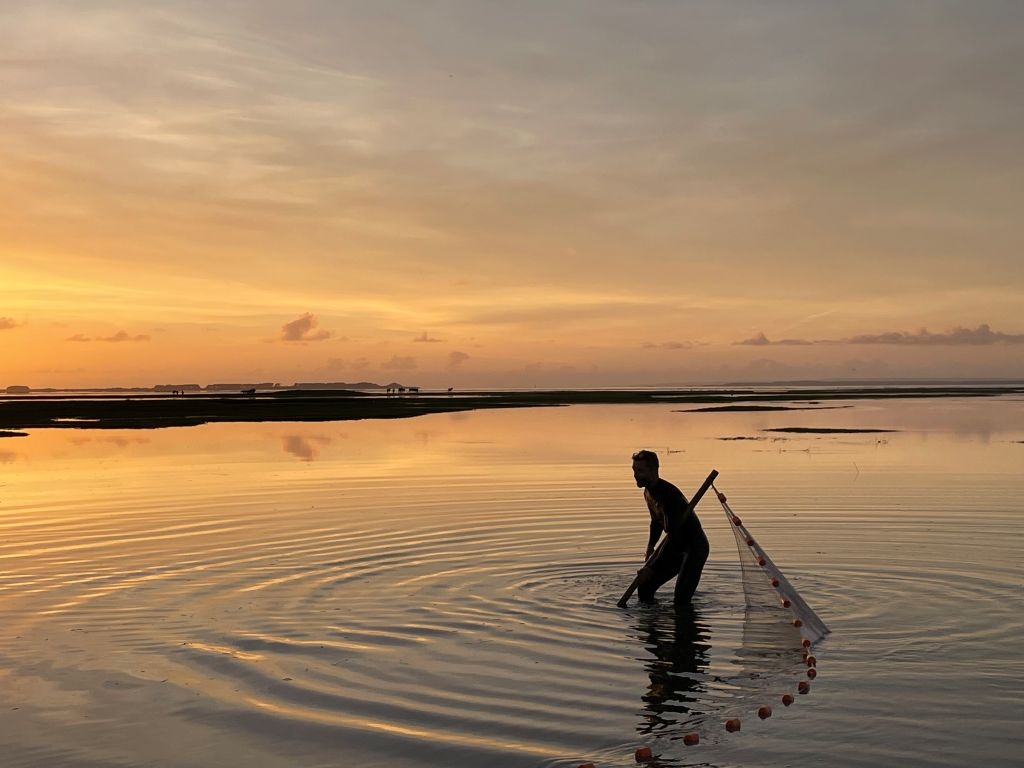
Swansea University Research Reveals Vital Role of Saltmarshes and Saline Lagoons in Supporting UK Fish Communities.
New research led by Swansea University shows how saltmarshes and saline lagoons act as nurseries and feeding grounds for fish and invertebrates, highlighting their importance not just for birds, but for the wider health of our coastal ecosystems.
Two recent studies have revealed how these coastal wetlands support the early lives of many fish species. Offering shelter and plenty of food, these hardworking habitats are ideal nurseries for young fish. As part of their work, researchers surveyed WWT Llanelli’s saline lagoon and saltmarsh, working through high tides and late nights to record a surprising variety of fish and invertebrates. Their findings show that these threatened habitats are productive ecosystems all year round.
Each focusing on a different but connected habitat, the studies offer valuable insights into how saltmarshes and saline lagoons help sustain fish populations across the UK.
Read on to explore the findings and discover why protecting these wetland habitats is more important than ever.

Saltmarsh Benefits for Fish Populations
A study from Swansea University and Natural Resources Wales highlights the crucial role saltmarshes play as habitats for juvenile fish.
This is the first assessment of fish production in UK saltmarshes. Researchers found that saltmarshes support fish densities more than three times higher than nearby unvegetated shorelines in the same estuaries.
The team surveyed 17 sites across the Carmarthen Bay estuaries, including natural saltmarshes, restored saltmarshes (created through managed realignment), and bare shorelines. Monthly sampling from October 2023 to September 2024 revealed that saltmarshes function as productive ecosystems year-round, with six fish species present even during winter. Over 10,000 individual fish from 20 different species were recorded.
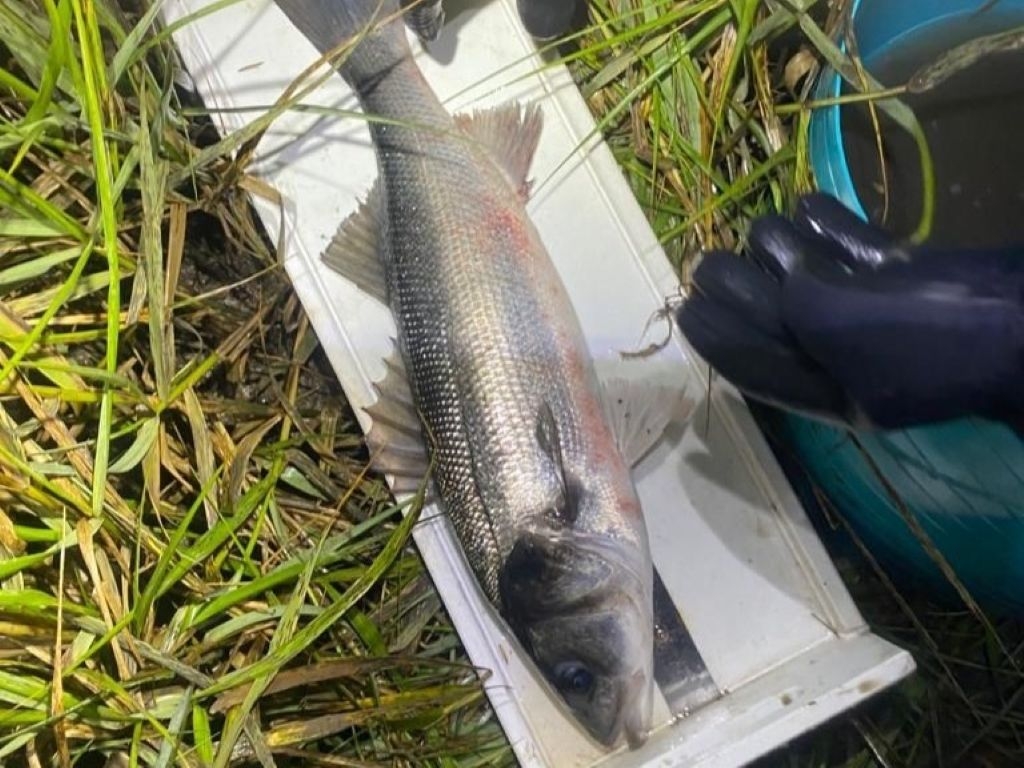
These findings come at a critical time, as the UK has lost around 85% of its saltmarshes over the past 200 years.
Understanding their value for fish populations provides strong evidence for protecting and restoring saltmarshes as part of nature-based solutions to coastal management.
Saltmarshes are especially important for commercially valuable species like Atlantic Herring, and for conservation priority species such as the European Eel and Lesser Sand Eel. These habitats offer shelter and food during the most vulnerable juvenile stages of a fish’s life.
Encouragingly, the study also found that restored saltmarshes contribute positively to fish habitat availability within estuarine ecosystems. This highlights the value of saltmarsh restoration as part of coastal management strategies.
The research findings highlight the importance of habitat diversity in estuaries. Different fish species use different habitats as they grow, so preserving a mosaic of connected coastal habitats is key to supporting healthy fish populations.
As coastal development and rising sea levels continue to threaten these vulnerable ecosystems, this research adds to the growing evidence of their value — not just for flood protection and carbon storage, but for biodiversity and sustainable fisheries, potentially enhancing the resilience of fish stocks that hold commercial and conservation importance in Welsh waters.
Sasha Shute, Nicole Esteban
Swansea University
Not Just Bird Food: Fish and Invertebrate Communities in Saline Lagoons
Llanelli’s saline lagoons are well known as a haven for coastal and migratory birds. But beneath the surface lies a rich and often overlooked community of fish and invertebrates. These unique habitats support biodiversity not just for birds, but for aquatic species too.
Saline lagoons are characterised by irregular seawater flooding, often flooding only a few days each month. This periodic flooding causes highly changeable conditions in the lagoons with fluctuating temperature, salinity, and oxygen levels. It's a challenging environment for the organisms that inhabit them, and only specially adapted species can tolerate such changeable conditions. Lagoonal specialists are species that have evolved to the variable conditions of the lagoon environment. However, many of these species are endangered due to loss of habitat.
Alarmingly, it is estimated that over 50% of the UK’s saline lagoons were lost in just three decades between 1980 and 2010.
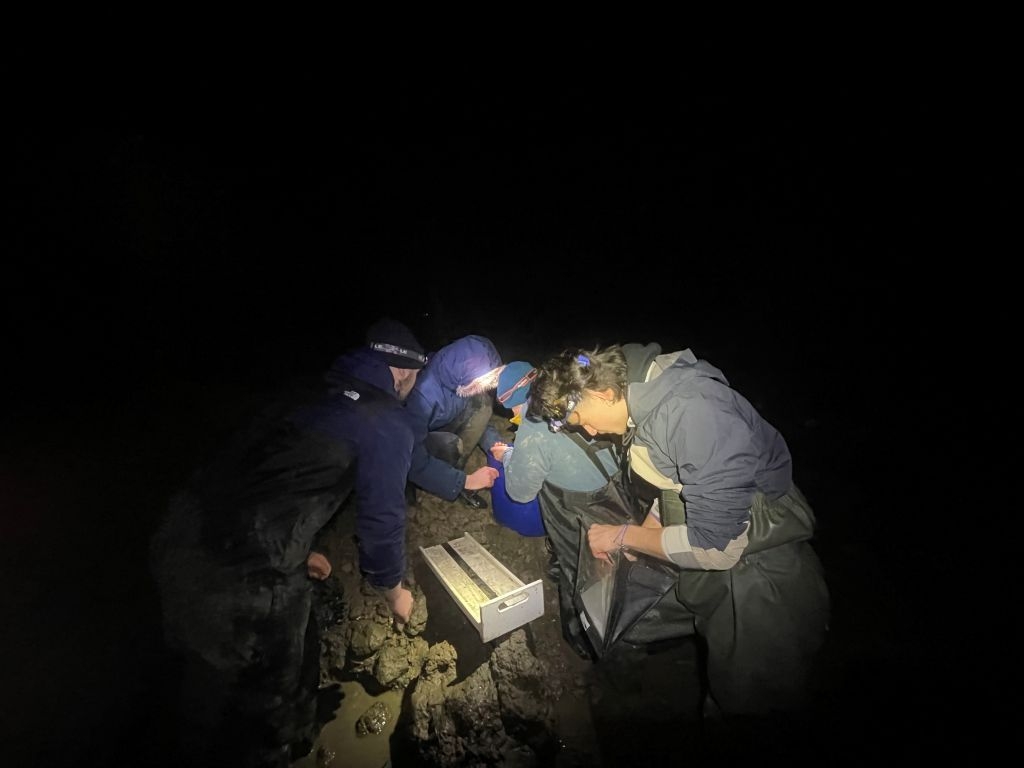
Swansea University’s saline lagoon research project focused on identifying the fish and invertebrate communities living in these lagoons and exploring how they respond to short-term environmental change.
Because the lagoons are cut off from the sea for most of the month, they often have lower salinity and higher oxygen levels than coastal waters. These conditions make them ideal nursery grounds for juvenile fish such as Mullet and Flounder, as well as the critically endangered European Eel.
Until recently, only two fish species were officially recognised as regular lagoon residents in the UK: Three-spined Sticklebacks and Sand Smelt. But during the seven-month study, researchers recorded eight additional species — a significant contribution to understanding lagoon biodiversity.
Invertebrates also play a vital role in lagoon health. While many couldn’t be identified to species level, amphipods, ragworms and shrimp were recorded throughout the lagoons. Two important groups found were Corophium (amphipods) and Hediste (ragworms). By burrowing into the sediment, they circulate oxygen and water in the sediment (bioturbation) and recycle nutrients by breaking down organic matter. They can act as indicator species - a decline in their populations can point to a reduction in water quality or ecosystem health.
The study revealed two key environmental factors that influence the lagoon community: dissolved oxygen and water temperature. Fish abundance increased significantly with higher oxygen levels, however, fish diversity decreased under these same conditions.
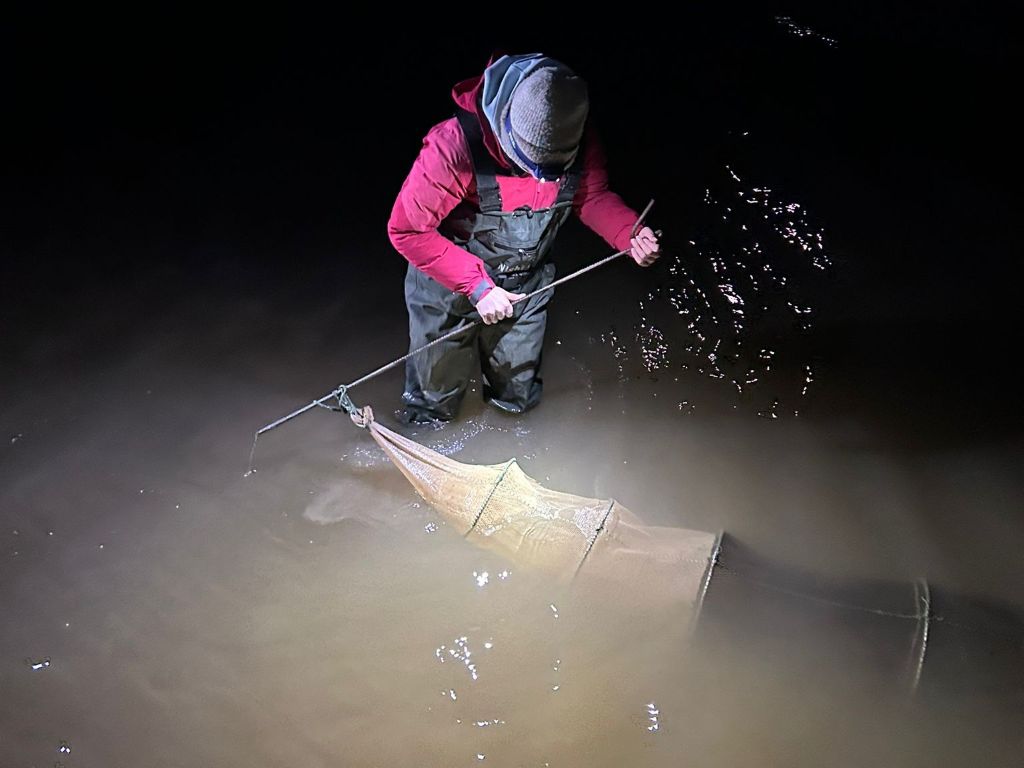
Interestingly, a negative correlation was found between fish abundance and diversity, suggesting that large shoals of one species can reduce the presence of others.
Invertebrate abundance also decreased with increasing fish abundance, but increased with water temperature. Temperature also increased fish diversity but decreased fish abundance.
Reduction in fish abundance and diversity were also linked to higher water turbidity (murkiness) levels.
These findings highlight the varied impacts of environmental factors on fish and invertebrate communities.
Saline lagoons are particularly vulnerable to climate change and eutrophication due to their small size and isolation. This study underscores the importance of tailored management strategies that consider the complex interactions between environmental conditions and species in these fragile ecosystems.
Amelia Jones, Nicole Esteban, Miguel Lurgi Rivera
Swansea University
Wetlands Are The Way
Thank you to the Swansea University researchers for sharing the findings of their studies.
Dr Brian Briggs, Reserve Manager at WWT Llanelli Wetland Centre, said, "We are very pleased that we could work with Swansea University on enabling this research at WWT Llanelli into the vital importance of saline lagoons and saltmarsh habitats for a wide range of fish species. The work highlights the urgent need for protection and sensitive management of these declining habitats for wildlife."
At WWT, we're on a mission to restore wetlands because they are a wondrous solution to the problems our world faces. Together we will unlock their power - and help nature burst back to life. Because when wetlands flourish, all life will flourish.
Join WWT today and support our work.


